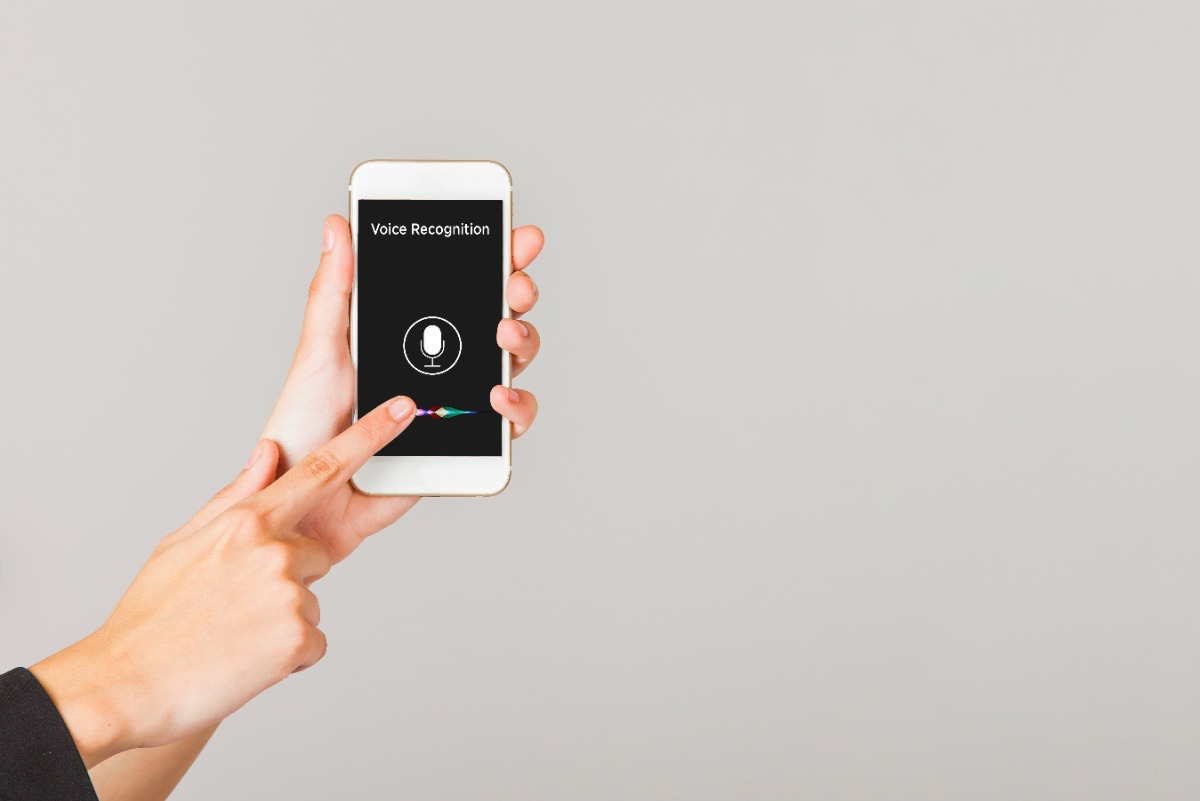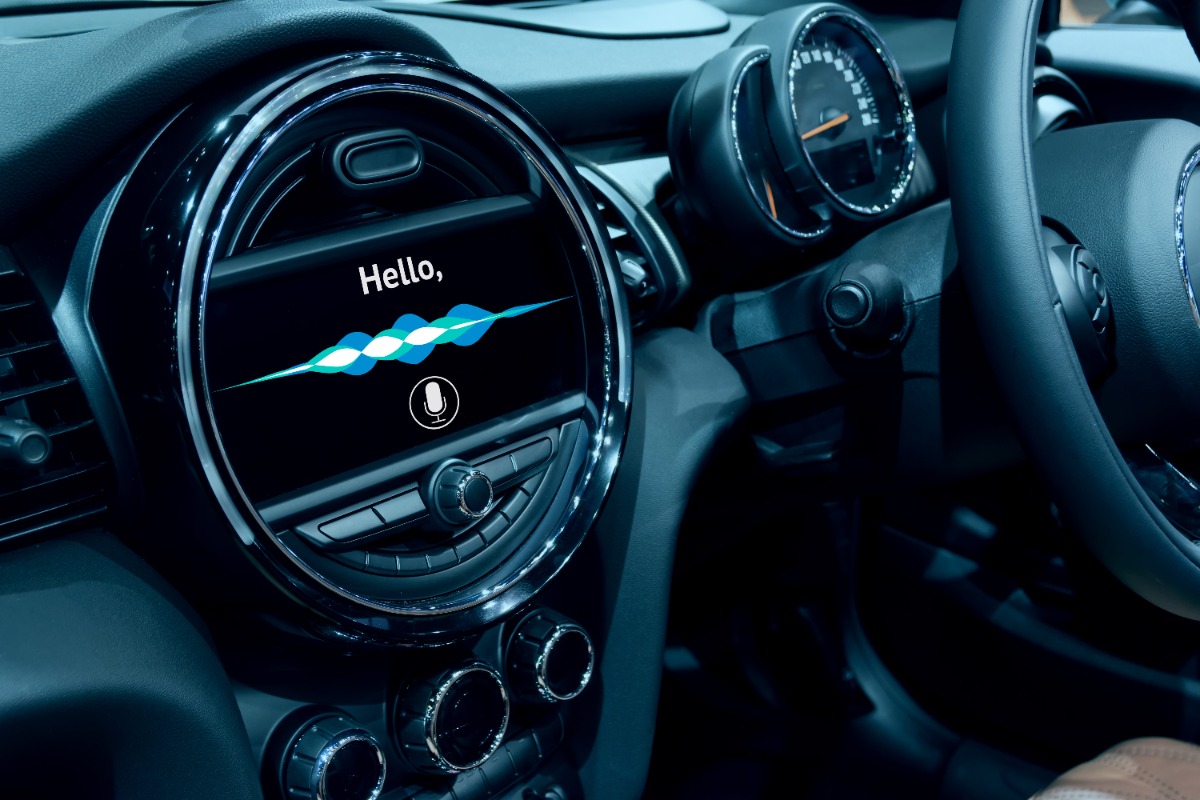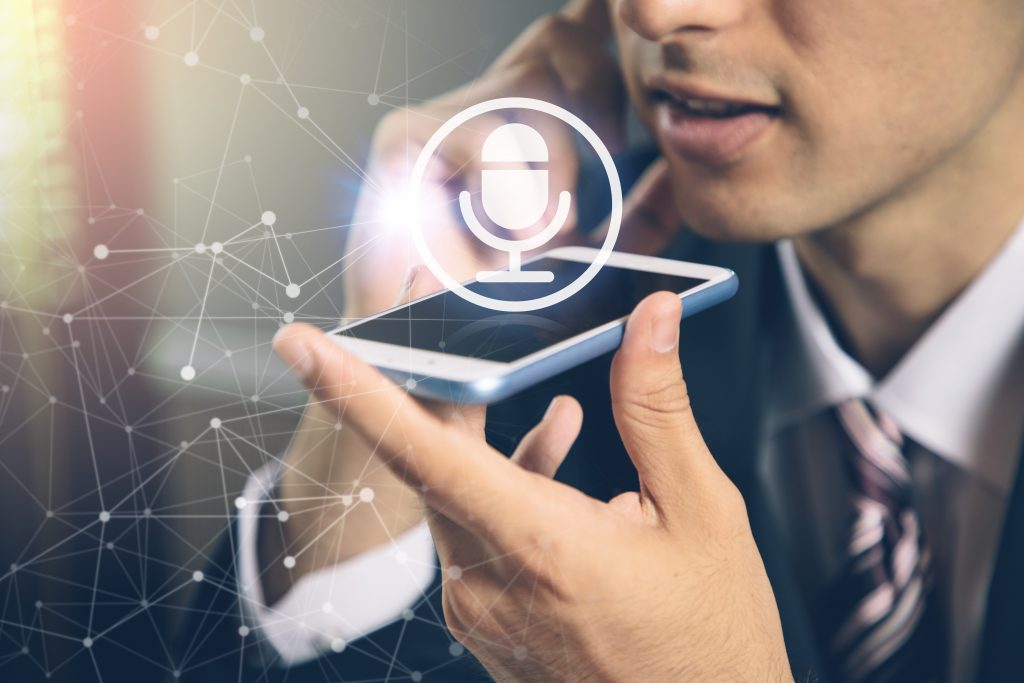From writing on stones and leaves to converting our speech into text through automation, humans have come a long way with technology. The way we write things become more accessible with the invention of keyboards. However, speech recognition, aka speech-to-text technology, has revolutionized the way we used to transcribe. This technology converts what you speak into a written text, and its accuracy has evolved in recent years. As long as you speak clearly, the AI should have no issues transcribing your words.
While accuracy is something to wonder about, the question that strikes people the most about this technology is its security. Technology has been integrated not just into the personal lives of writers but as a crucial tool in businesses. That’s why there is a rising concern about the safety, privacy, usage, and future of this technology. This article will assess the multifaceted aspects of speech-to-text technology and briefly discuss its prospects.
Beginning of Speech Recognition
Audrey was the name of the first speech recognition technology that occupied an entire room. Bell Laboratories developed it in the 1950s, where the machine recognized numbers one to nine with an accuracy of no less than 90 percent. It was an astonishing invention at that time.
However, the strife towards making this feature comprehensive didn’t stop as scientists kept adding more words to the machine’s vocabulary until we adopted the digital space. With digitization, the invention of various software to automatically recognize speeches and turn them into text became a relatively easy task. However, more could still be done to improve the accuracy of these voice recognition tools.

Image from Adobe Stock
How Does Speech-To-Text Look In 2022
Even after almost 72 years, the highest accuracy humans have achieved with speech recognition technology is 84 percent, from Rev.ai. To understand how speech-to-text service works, start with understanding the measurement of its accuracy. It measures the number of mistakes the specific speech-to-text tool commits while transcribing your speech. The unit of measurement is Word Error Rate, or WER, which counts the number of errors per hundred words.
Currently, Temi and Rev offer the highest accuracy rate, with 86.1 percent and 84 percent, respectively. Note that Temi is a machine-powered speech-to-text tool, while Rev is an AI-powered tool. Machine Learning or ML model tools learn from the information put into it, while AI learning keeps evolving by adapting to the information it receives during its usage.
Where Can You Use Speech-To-Text Features?
The good news is that you do not have to buy special software to use speech-to-text features. You only need one of the popular word processing tools like Microsoft Word. It has the Dictate feature, which allows you to speak words, and the processor will neatly present your utterances on your document.
Does Microsoft store your speech somewhere? According to Microsoft, they do not store any audio data or transcribed texts. So, you can think of it as relatively safe and private. Sadly, the same protection might not always be present.
Are Speech-To-Text Services Safe?
The answer to whether speech-to-text services are safe ultimately depends on the service provider. In many cases, you might have concerns like those related to transcription services.
If you’re using an AI-powered application on a mobile phone to transcribe your speech into text, make sure you have read their security policies. Most of these AI-powered tools constantly update their tools to improve accuracy. To do so, they run trial tests with their database of pre-recorded audio from users. This leaves your information vulnerable to employers of vendors or potential data brokers.
If you’re using a machine-powered or AI-powered speech-to-text tool, you can ensure safety by conducting thorough due diligence. Ensure that the provider has the following things mentioned: ISO accreditations, NDAs enforcement policies, and data encryption systems and that they follow GDPR. These are the parameters providers tell their users whether they comply with the government regulations on data protection or not.
The factors affecting the overall safety of your data are:
- whether you are on a safe server
- the tool used is reliable, and
- the provider is legitimate.
Ultimately, data safety is ensured if you use a speech-to-text tool from a trusted provider like Dragon Professional Individual.

Image from Adobe Stock
Which Is The Future: Speech-To-Text Or Typing?
As speech-to-text technology’s use skyrockets, the recorded speech audio database is vast enough for AI to learn different accents and increase accuracy. The accuracy of hearing certain sounds and making out words from them has increased in these AI tools. Some top-notch speech-to-text services have evolved to recognize different accents and even mispronounced words.
Moreover, language experts from around the globe, assisted by a vast audio database, are working continually towards making speech-to-text a more accurate technology. The speech recognition tools are poised to strike with better efficacy in transcription shortly. And as voice recognition tools and devices like Siri, Alexa, and Google become ubiquitous, the future of speech-to-text is poised for a similar fate.
Dangers are the most prominent when speech-to-text produces data that needs to be delivered somewhere online. Then, the security of your connection determines whether someone can compromise your words. Thus, you can install a VPN for Windows before using any speech-to-text tools. While it cannot guarantee total privacy and security, it will bring more security to your connection.
What is VPN? A Virtual Private Network is an application that you can install on your computer or smartphone and reroute its online traffic through remote servers. Also, VPN encrypts internet traffic, making files or speech content nearly impossible to decipher.
Conclusion
Speech-to-text technology can be safe for users with proper research and due diligence. From your iPhone to Chromebook, you can use a VPN app if you want further to bolster the security of your online activity and data. In addition to that, the future of this technology is bright, and the demand for these services is snowballing. It’s about time as speech recognition technology improves its accuracy to a close perfection and becomes a necessity for businesses.

